Fire Prevention
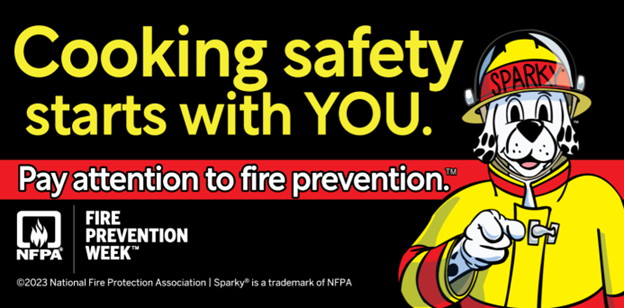
The expression “An ounce of prevention is worth a pound of cure.” is especially true when it comes to fires. There are many steps homeowners can take to reduce the risk of fires. The Amberley Public Safety Department offers a number of suggestions and resources to assist you. Check back regularly for updates and additional resources throughout Fire Safety Month!
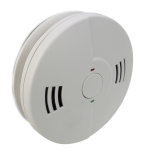 Smoke Detectors
Smoke Detectors
Smoke detectors can save lives. They should be installed in every bedroom, outside each sleeping area and on every level of the home. For maximum protection, interconnect the alarms throughout the home so that when one sounds, they all sound. Test smoke alarms once a month. Batteries should be replaced every six months, and detectors replaced every 10 years.
 Carbon Monoxide Detectors
Carbon Monoxide Detectors
Carbon monoxide detectors should be installed outside of all sleeping areas in your home. Carbon monoxide is a gas produced by burning any type of fuel—gas, oil, kerosene, wood, or charcoal. Breathing too much of can be deadly within minutes because it replaces the oxygen in your blood. You can’t see, smell, or taste carbon monoxide, so having detectors in your home is important.
Create an Escape Plan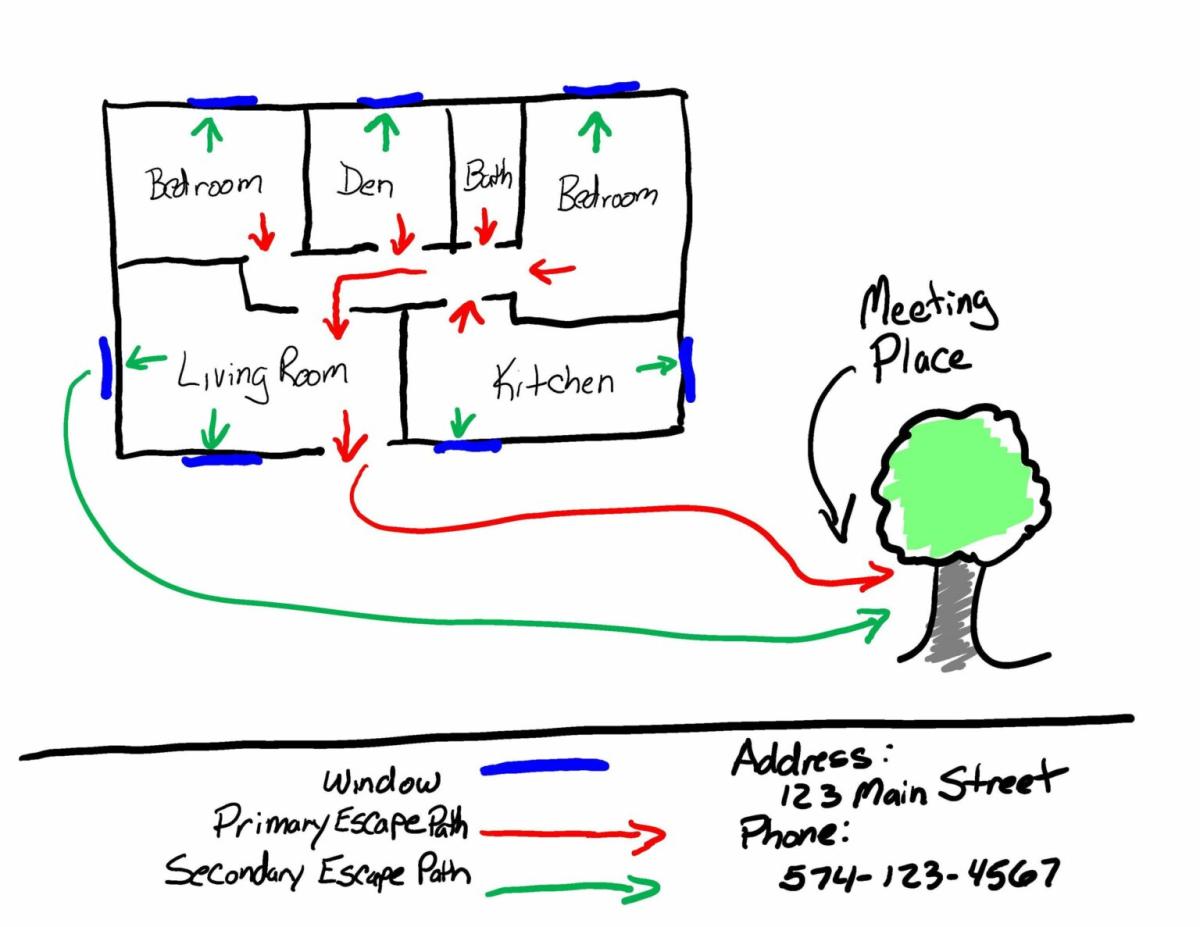
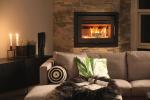 Home Heating Safety
Home Heating Safety
While it’s tempting on a cold winter night to leave a fire going in the fireplace or a space heater on at bedtime, think again. These devices can become extremely dangerous if not used properly. The majority of heating fire deaths are caused by space heaters! Most heating fires are caused by creosote build-up in the chimney. Amberley’s Public Safety Department recommends these guidelines:
- Space heaters need space. Keep all things that can burn, such as paper, bedding or furniture, at least 3 feet away from heating equipment.
- Turn portable heaters off when you go to bed or leave the room.
- Plug power cords only into outlets with sufficient capacity and never into an extension cord.
- Inspect for cracked, frayed or broken plugs or loose connections, and replace before using.
- Have your chimney inspected each year and cleaned if necessary.
- Use a sturdy fireplace screen.
- Allow ashes to cool before disposing. Dispose of ashes in a metal container.
- Install smoke alarms in every bedroom, outside each sleeping area and on every level of the home. For the best protection, interconnect all smoke alarms throughout the home so that when one sounds, they all sound. Test smoke alarms at least once a month.
- Install and maintain a carbon monoxide alarm in a central location outside each sleeping area.
- Never use an oven to heat your home.
 Inspections
Inspections
Amberley’s Public Safety Department has three certified Fire Safety Inspectors whose primary responsibility is regular inspections of public and/commercial establishments in the Village, but they are also available to do home fire inspections at the request of a resident. Please call 513-531-2040 to arrange an inspection of your home or business.
In public/commercial buildings, these inspections are done to ensure guidelines and the safety of employees and the public. The fire inspectors look for such things as: blocked exit doors, properly marked and lighted exits, proper storage of hazardous/flammable materials, etc. Their goal is to inspect all of these commercial and/or public buildings at least twice a year. Similar hazards would be addressed in the home setting.
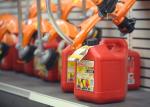 Gasoline Storage Tips
Gasoline Storage Tips
Check over the following lists to make sure you are using gasoline safely in your home. Reckless use and improper storage of gasoline leads to thousands of children being burned every year, especially those ages 10 and older.
DO
- Use gasoline ONLY to fuel an engine
- Realize that gasoline vapors can be ignited by a spark, flame or other source that is several feet away
- Only add gasoline to an engine that is completely cool. An engine that is still warm can ignite gasoline vapors.
- Seek immediate medical help if swallowed
- Check gasoline containers for compliance with the ASTM F852 standard for portable gasoline containers intended for reuse by consumers. This compliance is indicated in writing on either side or the underside of all approved plastic gasoline containers.
- Store gasoline only in an approved gasoline container
- Store gasoline in a well-ventilated outside storage area that is not attached to your home, such as a shed or garage, preferably in a locked cabinet, away from possible ignition sources
- Place the gasoline container out of reach of children
- Keep only the minimum amount of gasoline required (generally, no more than a gallon)
DON’T
- Use gasoline anywhere near a barbecue grill
- Use gasoline to light a barbecue grill or to start or accelerate a fire
- Use gasoline as a cleaning fluid or solvent
- Allow children to touch gasoline or its container, even under supervision
- Handle gasoline near any flame source such as matches, lighters and pilot lights
- Use gasoline indoors
- Siphon gasoline by mouth as it is harmful or fatal if swallowed
- Induce vomiting if swallowed
- Store gasoline in a glass jar, milk jug or any other non-approved container
- Store gasoline anywhere inside a home or vehicle
- Store gasoline near a source of heat or sparks, such as a hot water heater, furnace, clothes dryer or any appliance that uses a pilot light
- Put anything other than gasoline in a gasoline container
- Drink anything out of a gasoline container
Personal Testimonial
View the personal story of Austin Bailiff, a teen who sustained serious burns over most of his body as a result of him and a friend experimenting with gasoline to set fire to a glove. Austin shares his experiences in an effort to reach out to other teens in an effort to prevent others from making the same mistake.
Quick Facts about Burn Injuries
- Each year in the United States, 1.1 million burn injuries require medical attention. Approximately 4,500 people die. And up to 10,000 people die every year in the U.S. from burn-related infections.
- The Shiners’ Hospitals for Children specializing in treating burn injuries have admitted more than 10,000 acute pediatric burn patients since 1994, including those treated for gasoline burn injuries.
- Shiners’ Hospitals specializing in burns have treated more than 800 children since 2002 for acute pediatric burn patients since 1994, including those treated for gasoline burn injuries.
- Fires caused by gasoline are a major factor in burn injuries. In one year there were 4,700 gasoline fires in U.S. homes.
- According to the Consumer Products Safety Commission, in one year approximately 1,270 children under age 5 were treated in emergency rooms for injuries resulting from the misuse of gasoline and unsecured gasoline cans
- Children ages 10-14 are almost four times more likely to get in trouble with gasoline.
- Kids ages 13 and older are in the highest at-risk group for gasoline and other flammable substances.
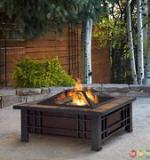 Outdoor Fire Safety
Outdoor Fire Safety
Outdoor fire safety is not only critical in preventing the spread of fire, it’s Ohio Law. Take a moment to familiarize yourself with some of the key components of outdoor fire safety requirements in our state both to ensure compliance and to keep your family, friends and neighbors safe.
 Halloween Safety Tips
Halloween Safety Tips
Everyone loves Halloween! But the night can become genuinely frightful without close attention to safety. Did you know that candles are one of the top five leading causes of house fires in the United States? And the risk during holidays is even higher. Be sure to take a look at the safety precautions checklist via the button below to be sure your children, your home and your family are safe this Halloween!
